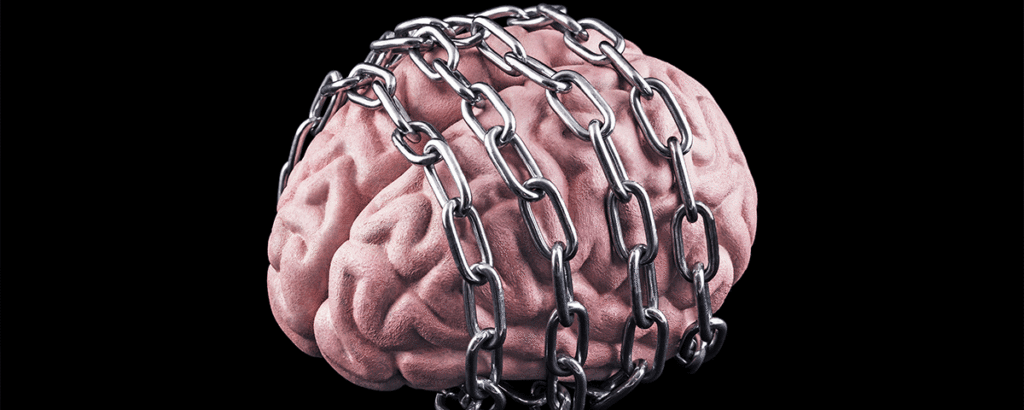
The opioid crisis has emerged as one of the most devastating public health emergencies of the 21st century. What began as a medical effort to manage pain has evolved into a widespread epidemic of addiction, overdose, and death. Understanding the roots of the crisis and its ongoing impact is essential for developing solutions that can save lives and prevent further harm.
The Origins of the Crisis
The opioid epidemic can be traced back to the 1990s when pharmaceutical companies began aggressively marketing opioid medications such as oxycodone and hydrocodone. These drugs were promoted as safe and non-addictive treatments for chronic pain, leading to a surge in prescriptions. Healthcare providers, under pressure to manage pain effectively, began prescribing opioids at unprecedented rates.
Unfortunately, the claims of safety were misleading. Opioids are highly addictive, and long-term use can lead to physical dependence and tolerance, requiring higher doses to achieve the same effect. As patients became addicted, many turned to illicit sources when their prescriptions ran out, fueling the rise of heroin and fentanyl use.
The Path to Dependence
Opioid dependence can begin innocently—with a legitimate prescription after surgery or injury. Over time, the body adapts to the presence of the drug, leading to cravings and withdrawal symptoms when use is reduced or stopped. This physiological dependence, combined with psychological factors such as stress, trauma, or mental health conditions, creates a powerful grip that is difficult to break.
For many individuals, the progression from prescription use to illicit drug use is gradual. As regulations tightened and prescriptions became harder to obtain, those already addicted turned to more accessible and potent alternatives like heroin and synthetic opioids such as fentanyl. These substances are often far more dangerous, leading to a sharp increase in overdoses and fatalities.
The Human Toll
The opioid crisis has claimed hundreds of thousands of lives in the United States alone. Overdose deaths continue to rise, with synthetic opioids like fentanyl being the leading cause. Beyond the loss of life, the crisis has strained healthcare systems, overwhelmed emergency responders, and devastated families and communities.
Children are particularly affected, with many growing up in households affected by addiction or entering the foster care system due to parental substance abuse. The economic cost is also staggering, with billions spent annually on healthcare, law enforcement, and lost productivity.
Solutions and Hope for Recovery
Addressing the opioid crisis requires a multi-faceted approach. Key strategies include:
- Education and Prevention – Raising awareness about the risks of opioid use and promoting non-opioid alternatives for pain management.
- Access to Treatment – Expanding access to medication-assisted treatment (MAT), which combines medications like methadone or buprenorphine with counseling and behavioral therapies.
- Harm Reduction – Providing tools such as naloxone to reverse overdoses and establishing safe consumption sites to prevent deaths.
- Policy and Regulation – Implementing guidelines for prescribing opioids and holding pharmaceutical companies accountable for their role in the crisis.
Conclusion
The opioid crisis is a complex and ongoing tragedy, but it is not without hope. With compassionate care, evidence-based treatment, and coordinated efforts across society, it is possible to turn the tide and support those on the path to recovery. Understanding the journey from prescription to dependence is the first step toward healing a nation in crisis.





 One of the main dangers of addiction is the health risks associated with it. Addiction to drugs, alcohol, and cigarettes can cause many serious health issues, such as heart disease, stroke, cancer, and even death. Addiction can also lead to social issues such as homelessness, unemployment, and poverty. And in extreme cases, addiction can lead to criminal behavior, such as theft and violence.
One of the main dangers of addiction is the health risks associated with it. Addiction to drugs, alcohol, and cigarettes can cause many serious health issues, such as heart disease, stroke, cancer, and even death. Addiction can also lead to social issues such as homelessness, unemployment, and poverty. And in extreme cases, addiction can lead to criminal behavior, such as theft and violence.


